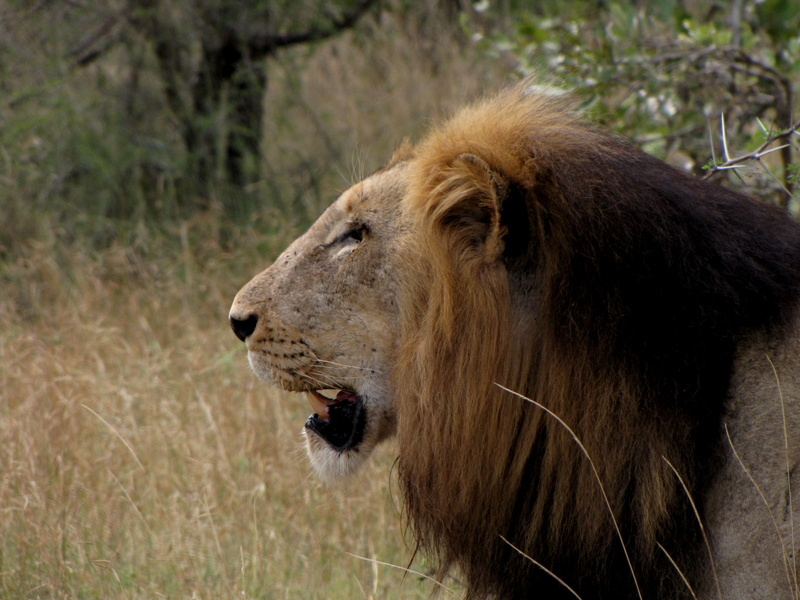- Home
- Conservancy
- African lion
Description
The commonly used term African lion collectively denotes the several subspecies found in Africa. With some males exceeding 250 kg (550 lb) in weight, it is the second-largest living cat after the tiger.In the wild, males seldom live longer than 10 to 14 years, as injuries sustained from continual fighting with rival males greatly reduce their longevity.In captivity they can live more than 20 years.
They typically inhabit savanna and grassland, although they may take to bush and forest. Lions are unusually social compared to other cats. A pride of lions consists of related females and offspring and a small number of adult males. Groups of female lions typically hunt together, preying mostly on large ungulates. Lions are apex and keystone predators, although they are also expert scavengers obtaining over 50 percent of their food by scavenging as opportunity allows. While lions do not typically hunt humans, some have. Sleeping mainly during the day, lions are active primarily at night (nocturnal), although sometimes at twilight
Fun Facts
Lions spend much of their time resting and are inactive for about 20 hours per day. Although lions can be active at any time, their activity generally peaks after dusk with a period of socialising, grooming, and defecating. Intermittent bursts of activity follow through the night hours until dawn, when hunting most often takes place. They spend an average of two hours a day walking and 50 minutes each. Lions are the most socially inclined of all wild felids, most of which remain quite solitary in nature.
The lion is a predatory carnivore with two types of social organization. Some lions are residents, living in groups of related lionesses, their mates, and offspring. Such a group is called a pride. Females form the stable social unit in a pride and do not tolerate outside females. Membership only changes with the births and deaths of lionesses, although some females do leave and become nomadic.
Although extremely large prides, consisting of up to 30 individuals, have been observed, the average pride consists of five or six females, their cubs of both sexes, and one or two males (known as a coalition if more than one) who mate with the adult females. The number of adult males in a coalition is usually two but may increase to as many as four before decreasing again over time.[The sole exception to this pattern is the Tsavo lion pride which always has just one adult male. Male cubs are excluded from their maternal pride when they reach maturity at around 2
.jpg)
.jpg)
.jpg)

